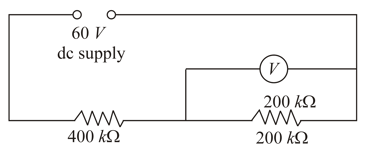A battery of emf and negligible internal resistance is connected across a uniform wire of length and resistance . The appropriate terminals of a cell of emf and internal resistance is connected to one end of the wire and the other terminal of the cell is connected through a sensitive galvanometer to a slider on the wire. What is the length of the wire that will be required to produce zero deflection of the galvanometer? How will the balancing length change?
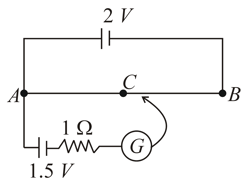
(a) When a coil of resistance is placed in series with the accumulator.
(b) The cell of is shunted with resistor?


Important Questions on Electrical Measuring Instruments
In the circuit shown in the figure, resistors and , each with resistance , are connected to a battery of negligible internal resistance. A voltmeter, also of resistance , is connected across .
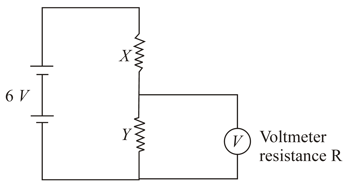
What is the reading of the voltmeter?
In the shown arrangement of a meter bridge, if corresponding to null deflection of galvanometer is , what would be its value if the radius of the wire is doubled?
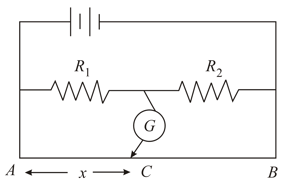
In the circuit shown in figure, the galvanometer shows zero deflection. If the batteries and have negligible internal resistance, the value of the resistor will be
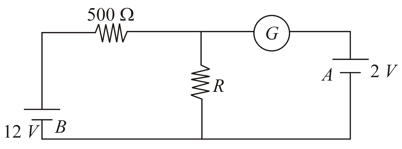
An ideal ammeter (zero resistance) and an ideal voltmeter (infinite resistance) are connected as shown in the figure. The ammeter and the voltmeter readings are
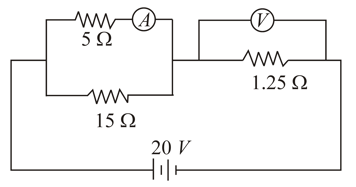
A constant dc supply is connected across two resistors of resistance and . What is the reading of the voltmeter, also of resistance , when connected across the second resistor as shown in figure?
